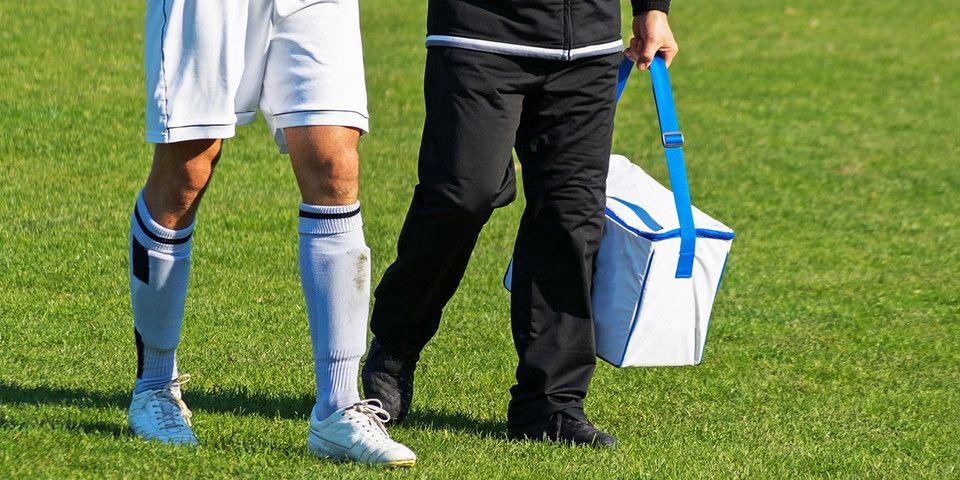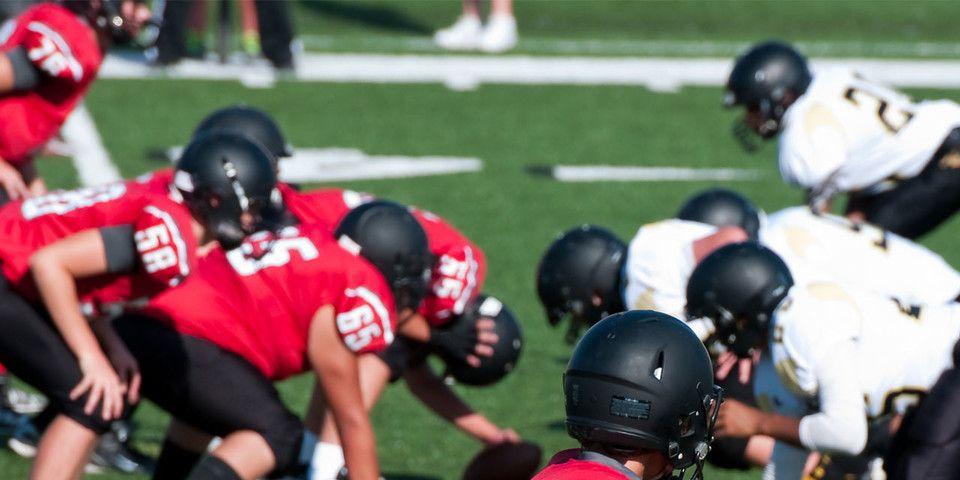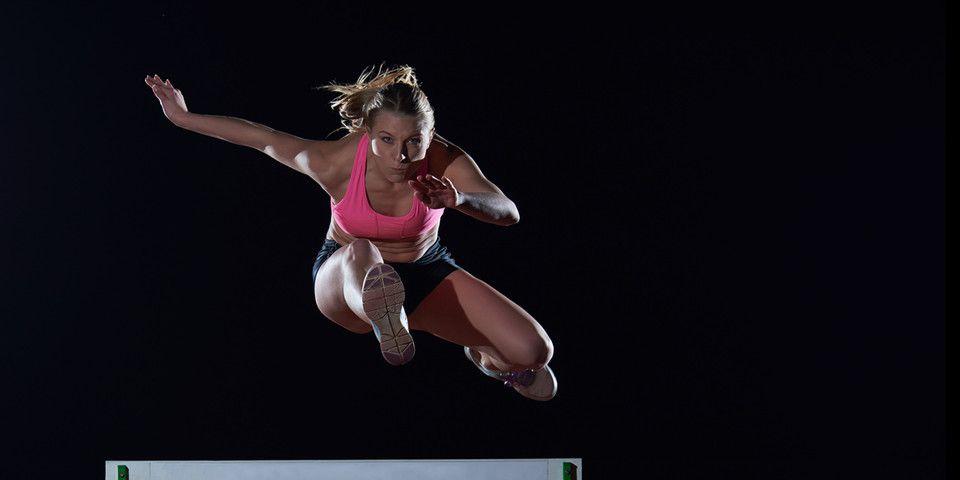Five Steps for Dealing with Shin Splints Playing Soccer
Any training that involves vigorous running or even walking long distances on certain surfaces can cause shin splints. Because of all the running required for the sport, dealing with shin splints while playing soccer is an all-too-common problem. At Rothman Orthopaedic Institute, we know how important it is to keep your body in peak physical condition for soccer season. With that in mind, here are some tips on how to prevent shin splints during training and games.
What are Shin Splints?
Shin splints, a common soccer injury, are an inflammatory condition of the outer lining of the tibia (shinbone) known as medial tibial stress syndrome. Running with shin splints during soccer can be painful, resulting in tenderness and discomfort in the bones and muscles of the lower leg. Other shin splint symptoms include a dull ache in the shin, pain in the inside of the shinbone, numbness or weakness in the feet, and pain that develops as you begin to exercise.
While doctors have not found the precise cause, it is thought to be the result of repeated impacts on hard surfaces when running. Training too heavily, or increasing your training faster than recommended can result in this common problem.
How to Deal with Shin Splints Playing Soccer
Step 1: Prevention
The best way to prevent shin splints playing soccer is never getting them in the first place. Poor body mechanics, worn out shoes, and overtraining can all contribute to the condition. Make sure to warm up using dynamic stretching exercises before training, and only increase your regimen by 10% per week. If you start feeling pain in the front of your shin, it can also help to shorten your stride.
Another way to prevent shin splints is to wear well-fitting, supportive shoes when training. It’s especially important to replace your shoes when they wear out. Most running shoes are good for about 300 to 500 miles before they need to be replaced. As for your cleats on the field, make sure they fit properly and have room for any additional support you may need, such as orthotics. Again, remember to replace them regularly, as worn out shoes provide poor support for your feet, legs, knees, and hips.
Step 2: Recognize the Signs and Symptoms
Listen to your body. If you start feeling pain or fatigue, it’s time to take a break for the day. This common soccer injury occurs when you’re overdoing it during practice or a game.
Pain in the shins after exercising, especially pain which is exacerbated by pressure, is a symptom of shin splints. If the pain goes away, only to come back after exercise, it may be time to consult your team’s trainer or a doctor.
Step 3: Basic Treatment
The initial recommended treatment for shin splints is the RICE method: rest, ice, compression, and elevation. For most athletes, this resolves the issue within two weeks. The most important part of this is rest. Your body can’t heal if you’re continuing to batter it with excess training.
Over-training causes some of the worst injuries in athletes. Resting is of the utmost importance.
Over-the-counter pain relievers can also help with inflammation and discomfort related to shin splints. As with any medication, you should consult your doctor about the correct dosage for your needs.
Step 4: Advanced Treatment
If your shin splints haven’t resolved within two weeks of rest, ice, compression, and elevation, you may need more help. Begin specific stretching exercises aimed at strengthening your whole body. If shin splints are a recurring problem for you, it might benefit you to get an analysis of your technique from a doctor or trainer.
Step 5: Contact a Physician
If you’re having ongoing struggles with shin splints playing soccer or training for any sport, it’s important to consult an orthopaedic specialist. They may be able to offer you advice and treatment options beyond the traditional RICE treatment. If you want to learn more about shin splints or to schedule an appointment, visit us here or contact us at 1-800-321-9999.
Related Specialties
Related Conditions
Related Treatments
Related Programs
-

Athletic Training- Sport Medicine Outreach
Our Field Athletic Trainers provide direct sports medicine care to youth, high school, college and professional athletes. Rothman AT’s provide athletic training services throughout Southeastern PA to interscholastic high schools, colleges, as well as tournaments and special events.Read More -

Injury Prevention Program
The Injury Prevention Program at the Rothman Orthopaedic Institute is dedicated to the prevention of injuries from athletic participation, particularly youth sports.Read More -

Women’s Sports Medicine Program
The Women’s Sports Medicine Program at the Rothman Orthopaedic Institute is the first of its kind in the Philadelphia metro area and one of only several such programs specializing in the comprehensive care of the female athlete in the country.Read More




